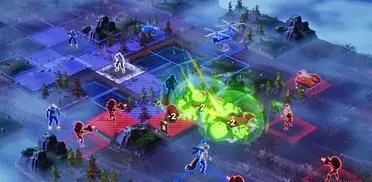Tim Sweeney, founder of Epic Games, has mused we aren’t that far off from having ”realistic graphics” thanks to Moore’s Law, it’s likely between two decades away.
However, Sweeney points out that while visuals may attain life like quality, we still ”don’t have the algorithms” for realistic AI. Human behaviour is too difficult to map, computational power aside.
”We’re only about a factor of a thousand off from achieving all that in real-time without sacrifices. So we’ll certainly see that happen in our lifetimes; it’s just a result of Moore’s Law. Probably 10-15 years for that stuff, which isn’t far at all,” Sweeney tells Gamasutra.
”Which is scary – we’ll be able to saturate our visual systems with realistic graphics at that point.”
”But there’s another problem in graphics that’s not as easily solvable. It’s anything that requires simulating human intelligence or behavior: animation, character movement, interaction with characters, and conversations with characters. They’re really cheesy in games now,” he continued.
”We simulate character facial animation using tens of bones and facial controls, but in the body, you have thousands. It turns out we’ve evolved to recognize those things with extraordinary detail, so we’re far short of being able to simulate that.”
”And unfortunately, all of that’s not just a matter of computational power, because if we had infinitely fast computers now, we still wouldn’t be able to solve that, because we just don’t have the algorithms; we don’t know how the brain works or how to simulate it.”
While we may get close to achieving far more realistic behavior from our NPCs, it’s a ”very non-linear” process. ”…you’d have to simulate the brain and nervous system in the computer,” effectively creating an artificial life form - no biggie.
”And if you could simulate it all, how could you train it to be realistic like a human? Those problems are probably decades away from being solved. Those are things that may not occur in our lifetimes.”
 Where’s Niko?
Where’s Niko?



